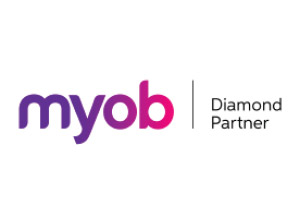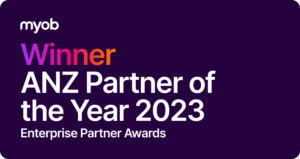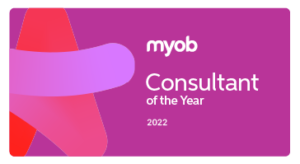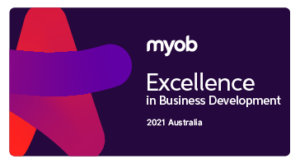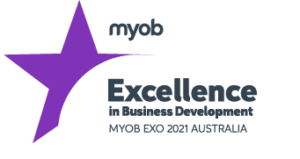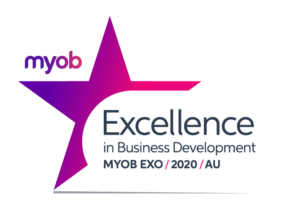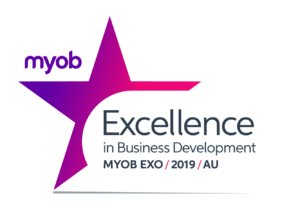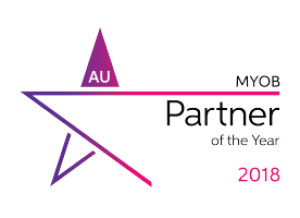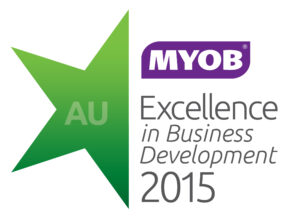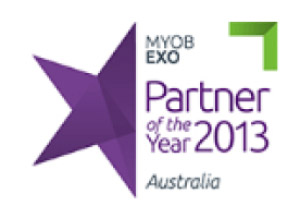Challenges of Recruiting in a Growing Business – Part 1
How to appoint the best talent to work for your companyThis is article 1 in a series of 3 articles. This article covers “How to appoint the best talent to work for your company”. Article 2 will cover “The Induction Process” and Article 3 will cover “Performance Appraisal and Performance Management”.
Surveys of growing businesses show that one of the biggest challenges is attracting skilled and talented team members. While some businesses try to outsource this, this inevitably leads to an erosion of the company culture as recruiters generally would seek candidates with suitable skills but would be unable to take the organizational culture into account.
Job Description
Before commencing a recruitment initiative, you need to be very clear on the skills you require for the particular role. Create a detailed job description which will act as a filter to deter unsuitable candidates and attract those that have the defined skills. The job description should also list the key performance indicators (KPI’s) that the team member will be measured on. Making this clear right from the start sets the ground rules.
Culture
You should describe in detail the type of person that you are looking for. For example, if you are looking for an enthusiastic, recent graduate with a “can-do” attitude and a passion for learning, you should make this clear in the job advert. If your work environment is a highly structured command/control environment and you are looking for people that will thrive in this environment, then say so. If your environment is one in which your employees have the freedom to use their own initiative, you need to explain this to your candidates.
Remuneration
Remuneration usually consists of salary plus incentives, bonuses or commissions. In attracting high-quality candidates, remuneration is as important as culture and career progression. You need to detail the remuneration package so that candidates can compare it to other offers they may be receiving. For many candidates, salary may not be the main consideration. Working conditions, working hours and working environment play a large part in the candidate’s decision.
In a competitive job market, your candidate will have a good idea of what their value is. This means that if you find that you are attracting candidates with poorer skills than you require. The likelihood is that your remuneration package is too low. Increasing the package to the next level will, as a rule of thumb, attract a better quality of a candidate.
Do It Yourself or Recruiters
Growing companies often see the expense of a recruiter as excessive. A recruiter will take a percentage of the first years’ salary. This may typically range from 15-25%, which at first glance, looks like a lot of money. However, you need to consider the amount of your own time you will consume if you do it yourself. Doing it yourself requires you to draft an advert, place the advert on a platform like ‘Seek’, review the job applications that are received (of which there may be hundreds), draw up a shortlist, do an initial interview with candidates, and proceed to a final face-to-face interview with the best candidates. Recruiters often have a network of candidates that will not respond to an ad on a job-seeking platform. The pro’s and con’s need to be taken into account. Sometimes a combination strategy of doing it yourself and using a recruiter works well.
A recruiter that understands your business and culture is far more valuable to you than someone who simply has a database of candidates looking for employment in your industry.
Your Website
Modern candidates will do their research about your company on the web before applying for a job. Your website should reflect your company image. It should be targeted to make it attractive to the type of candidate you would like to attract. Any negative publicity on the web is visible to candidates. Therefore, be cautious about expressing personal opinions on social media, as you will detract as many candidates as you attract. First impressions count.
The interview
Phone interviews with promising candidates is a good way to screen out those that are not suitable for the role. If in doubt, proceed to a face-to-face interview. Be aware that the candidate will be nervous, so make an effort to put them at ease. Engage them in conversation before diving into technical questions about their skills and experience. Make sure you do your research on the candidate (social media) to determine whether a candidate will fit into your organisation. Platforms like LinkedIn provide an opportunity to verify a candidates’ resume, check that employment dates correspond with the information they have published.
Make notes during the interview, particularly if you are interviewing a large number of candidates. Don’t make snap decisions. The person you are interviewing may appear to be the perfect candidate, but the next one in the door may be even better. Candidates are quite understanding that there is a process, a good way to end the interview is to explain the process to the candidate so they know when you will be getting back to them. During the interview, one of your tasks is to sell the company to the candidate. At the same time that you are evaluating them, they will be evaluating you to decide if this is a place they want to work.
Appointing the Successful Candidate
At the end of the interview process, you may choose to call a small number of candidates back for a second interview, possibly with their team leader. You are now in a position to make a decision. The above process should be concluded as quickly as possible because good candidates are in demand and delaying interviews may mean you lose them. Once you have decided on your top two or three, make a verbal offer to your top candidate, and wait for their acceptance or rejection before you inform candidate two and candidate three.
Convert your verbal offer into a written offer as quickly as possible. Your offer can be conditional to crossing the T’s and dotting the I’s, for example, referees need to be contacted, visas need to be checked, non-complete causes need to be read and in some cases, police checks need to be done. Provide the candidate with a job description, confidentiality agreement and any other documents that they need to sign before accepting your offer. Be as transparent as possible. Once the offer is signed by the candidate, go back to the unsuccessful candidates and let them know and to give them feedback on why you chose somebody else.
Choose the right software to support your growing organisation
A growing company means a growing team creating bottlenecks and inefficiencies in your onboarding process. Personal information must be securely collected and stored, essential documents signed, and a new employee set up for payroll, with the relevant information sent to the federal tax institution. This can become a tedious and time-consuming endeavour, leading to mistakes and the manual duplication of data across systems. A fully compliant, end-to-end Business Management System can automate your onboarding process, collecting all the important information from your new hires, synchronised with payroll, and stored securely in the cloud.
MYOB Enterprise Software has been purpose-built for larger and more complex organisations – is not only for smaller companies. A fully-featured, cloud-based business management solutions such as MYOB Advanced can support your organisational processes and workflows, while maintaining compliance and audit requirements.
The MYOB Advanced Workforce Management module has automated onboarding functionality. By pre-configuring your onboarding process, you can consistently and automatically send all the important information to your new staff. The onboarding forms can be personalised, and the settings chosen in onboarding can flow through to other applications such as MYOB Advanced Payroll. This simplifies the management of award rates and other information – it is always coming from a single source of truth.
Spot the signs you have outgrown your software
Does your organisation rely on multiple and separate systems, spreadsheets, or apps? Is your data sitting in different places? Is the cost of your add-ons adding up? You are not alone. This is a common scenario for growing organisations. You started out with an accounting software solution to manage invoices and run reports. As your business grew, you started adding other systems and apps to manage inventory, sales and customer data. Before long, you found yourself managing your business with separate apps that do not always sync with each other at the same time. Data is disparate, spread across different systems. Simple tasks take longer than they should. Informed decisions are slower to make. You could be ready for the next step – moving to MYOB Advanced, a cloud-based business management solution.
Article 2 covers “The Induction Process” and Article 3 covers “Performance Appraisal and Performance Management”

